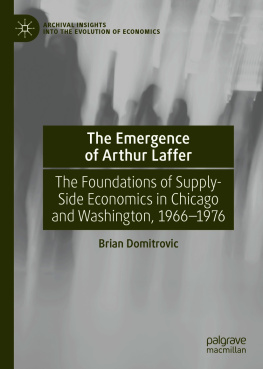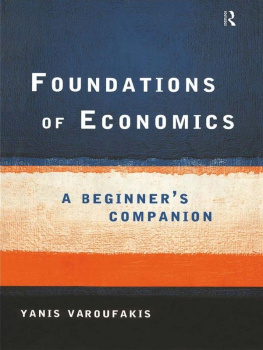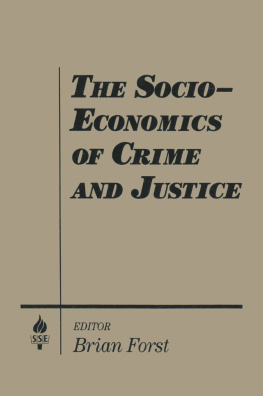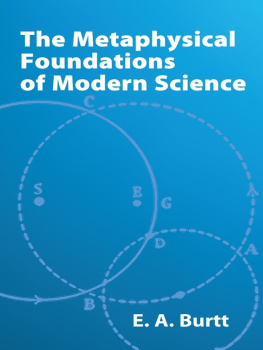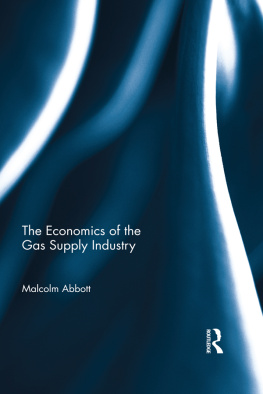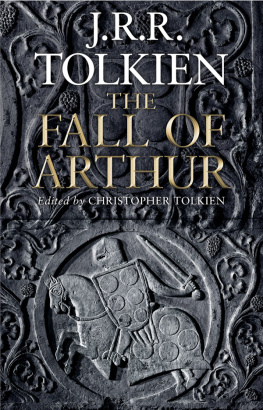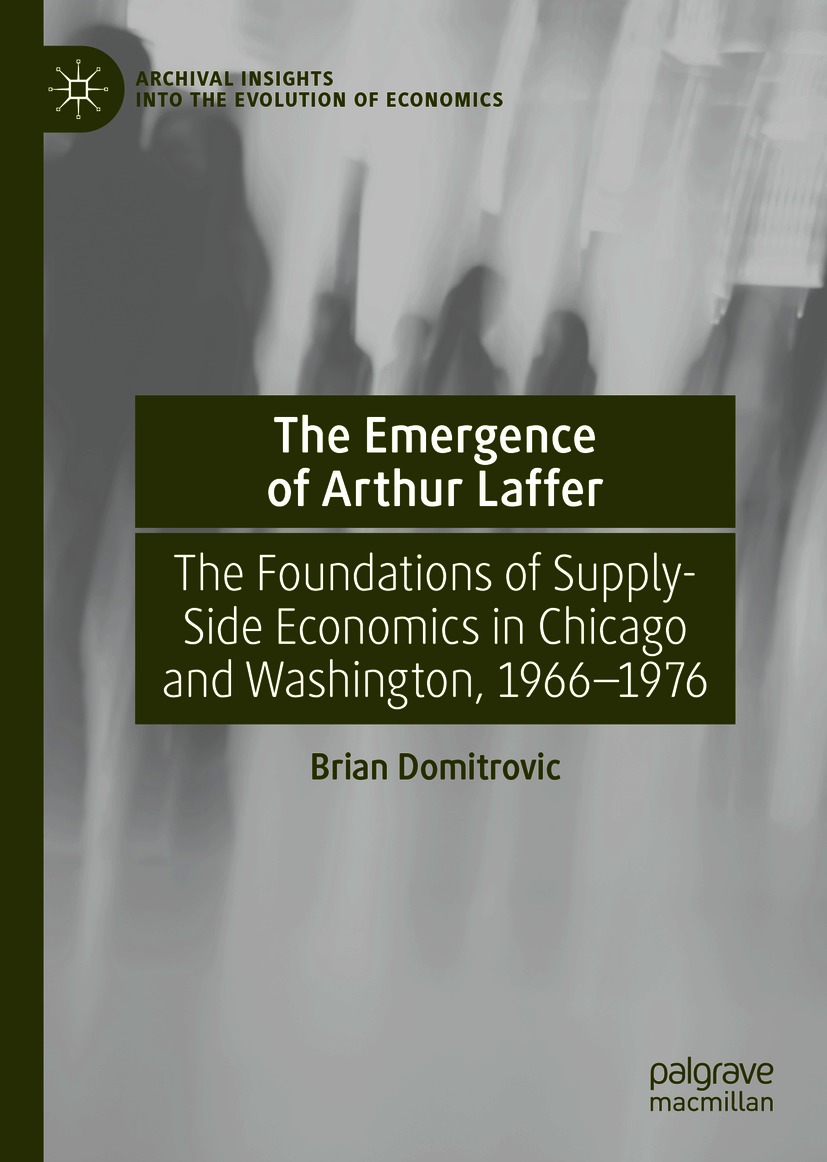Archival Insights into the Evolution of Economics
Series Editor
Robert Leeson
Stanford University, Stanford, CA, USA
This series provides unique archival insights into the evolution of economics. Each volume examines the defining controversies of one or more of the major schools.
More information about this series at http://www.palgrave.com/gp/series/14777
Brian Domitrovic
The Emergence of Arthur Laffer
The Foundations of Supply-Side Economics in Chicago and Washington, 19661976
1st ed. 2021

Logo of the publisher
Brian Domitrovic
The Laffer Center, The Woodlands, TX, USA
ISSN 2662-6195 e-ISSN 2662-6209
Archival Insights into the Evolution of Economics
ISBN 978-3-030-65553-2 e-ISBN 978-3-030-65554-9
https://doi.org/10.1007/978-3-030-65554-9
The Editor(s) (if applicable) and The Author(s), under exclusive license to Springer Nature Switzerland AG 2021
This work is subject to copyright. All rights are solely and exclusively licensed by the Publisher, whether the whole or part of the material is concerned, specifically the rights of translation, reprinting, reuse of illustrations, recitation, broadcasting, reproduction on microfilms or in any other physical way, and transmission or information storage and retrieval, electronic adaptation, computer software, or by similar or dissimilar methodology now known or hereafter developed.
The use of general descriptive names, registered names, trademarks, service marks, etc. in this publication does not imply, even in the absence of a specific statement, that such names are exempt from the relevant protective laws and regulations and therefore free for general use.
The publisher, the authors and the editors are safe to assume that the advice and information in this book are believed to be true and accurate at the date of publication. Neither the publisher nor the authors or the editors give a warranty, expressed or implied, with respect to the material contained herein or for any errors or omissions that may have been made. The publisher remains neutral with regard to jurisdictional claims in published maps and institutional affiliations.
This Palgrave Macmillan imprint is published by the registered company Springer Nature Switzerland AG.
The registered company address is: Gewerbestrasse 11, 6330 Cham, Switzerland
For Bob Mundell
Acknowledgments
For supply of information central to this books content, Arthur Laffer has been both forthcoming about his life and career and helpful in finding, and often acquiring, further relevant sources. All six children in the Laffer family have been distinctly helpful as well, if Arthur Jr. and Rachel may be singled out. At the Laffer firm, Mike Madzin, Randi Butler, Nick Drinkwater, Kenny Smith, and Richard Neikirk have been of great assistance. Thanks as well go to Dick Strong, Bob Mundell, Valerie Natsios-Mundell, Mark Molesky, Steve Forbes, Robert Leeson, Nathan Lewis, Ralph Benko, Larry Kudlow, Don Critchlow, Marc Miles, Chuck Kadlec, Pinar Emiralioglu, Brian Jordan, Tony Batman, and Jeanne and Rex Sinquefield. And thanks go to Sam Houston State University and the staffs of archival collections, including those held at the Richard M. Nixon Library, the Harry S. Truman Library, the Duke University Libraries, the University of Chicago Library, the MIT Libraries, the Economists Papers Archive at the Duke University Libraries, and depositories at Stanford and Yale.
Abbreviations
AEI
American Enterprise Institute
AERAmerican Economic Review
BoB
Bureau of the Budget
CEA
Council of Economic Advisers
CPI
Consumer Price Index
GDP
Gross Domestic Product
GNP
Gross National Product
GPO
Government Printing Office
IMF
International Monetary Fund
JPEJournal of Political Economy
MESA
Mechanics Educational Society of America
NBER
National Bureau of Economic Research
NYTNew York Times
NIPA
National Income and Product Accounts
OMB
Office of Management and Budget
OPEC
Organization of Petroleum Exporting Countries
QJEQuarterly Journal of Economics
RNPL
Richard M. Nixon Presidential Library
SDR
Special Drawing Right
SOMC
Shadow Open Market Committee
WHOF: SMOF
White House Office Files: Staff Members Office Files, RNPL
WPWashington Post
WSJWall Street Journal
Contents
The Author(s), under exclusive license to Springer Nature Switzerland AG 2021
B. Domitrovic The Emergence of Arthur Laffer Archival Insights into the Evolution of Economics https://doi.org/10.1007/978-3-030-65554-9_1
1. American Abundance
Brian Domitrovic
(1)
The Laffer Center, The Woodlands, TX, USA
In Philip Roths 1959 novella Goodbye, Columbus, the protagonist, a young man who lives in the old section of Newark, is amazed at the prosperity he finds in the homes of some of his friends, including in the Short Hills, New Jersey, spread of the young lady he is courting. On the main floor of her home he finds himself chilling in the steady coolness of air by Westinghouse . The sporting goods on the lawnthese are a sight. Outside, through the wide picture window, I could see the back lawn with its twin oak trees, this protagonist, one Neil Klugman, narrates. I say oaks, though fancifully, one might call them sporting-goods trees. Beneath their branches, like fruit dropped from their limbs, were two irons, a golf ball, a tennis can, a baseball bat, basketball, a first-basemans glove, and what was apparently a riding crop. Soon to be discovered were a basketball court and a stopwatch. He goes down to her familys basement and finds the refrigerator in that smartly renovated space to be heaped with fruit, shelves swelled with it, every color, every texture, and hidden within, every kind of pit. There are three kinds of plums, long horns of grapes, nectarines, peaches, various melons, and cherries, cherries flowing out of boxes and staining everything scarlet. He marvels at these people. Fruit grew in their refrigerator and sporting goods dropped from their trees! This is not to mention the familys country club, or even the municipal tennis courts and running tracks. Everything is so nice. And Neil always has a good time using all the stuff with his girlfriend and her family. Her father had built a little business installing bathroom porcelain.
The point of the novella appears to be that Neil cannot let his rather mild mean and indifferent side from intruding on his courting of the young woman, and the force of this petty trait makes them break up. He looks at his reflection in her college-library window and asks himself why he cannot simply take advantage of the good things that he has before him. It was a tough question, and Roth did not answer it. This was the closing vignette of the book. What was it that had turned winning into losing, Neil asks himself as he stares at his reflection, wondering what unknown counterproductive forces are inside his head, allowing and losingwho knowsinto winning?

